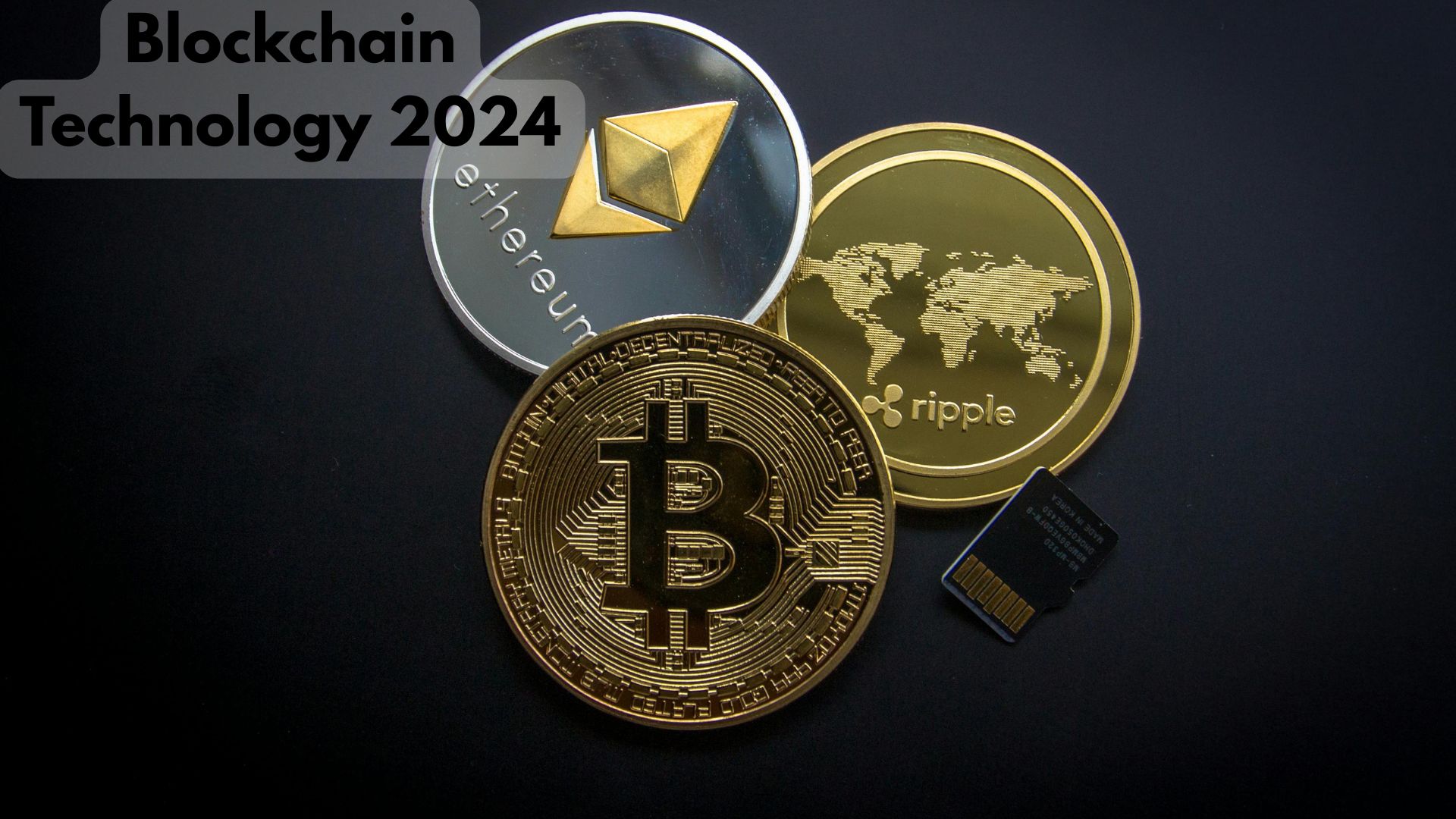Introduction to Blockchain Technology
Blockchain technology has emerged as a transformative force across various industries, offering a decentralized and secure method of recording transactions. At its core, a blockchain is a distributed ledger that maintains a continuously growing list of records, called blocks, which are linked and secured using cryptographic techniques. This structure ensures data integrity and transparency, making it a reliable system for various applications beyond its initial use in cryptocurrencies.
Core Principles and Mechanisms
Decentralization
Unlike traditional centralized systems, blockchain operates on a decentralized network of nodes. Each node maintains a copy of the entire blockchain, ensuring that no single entity has control over the entire network. This decentralization enhances security and reduces the risk of data manipulation.
Immutability
Once data is recorded on the blockchain, it becomes nearly impossible to alter without consensus from the network. This immutability ensures the integrity of the data and builds trust among users.
Transparency
All transactions on a public blockchain are visible to all participants, promoting transparency and accountability. This feature is particularly beneficial in sectors where trust and verification are paramount.
Consensus Mechanisms
Blockchain networks utilize consensus algorithms, such as Proof of Work (PoW) or Proof of Stake (PoS), to validate transactions and add new blocks to the chain. These mechanisms ensure that all nodes agree on the state of the blockchain, maintaining consistency across the network.
Applications Across Industries
Financial Services
Blockchain has significantly impacted the financial sector by enabling faster and more secure transactions. Banks and financial institutions are exploring blockchain for cross-border payments, clearing and settlement processes, and fraud reduction. For instance, major banks like HSBC and Bank of America are integrating blockchain solutions to streamline operations. Financial Times
Supply Chain Management
By providing real-time tracking and immutable records, blockchain enhances transparency in supply chains. Companies can monitor the journey of products from origin to consumer, ensuring authenticity and reducing fraud.
Healthcare
In healthcare, blockchain facilitates secure sharing of patient records among authorized professionals, improving data accuracy and patient outcomes. It also aids in verifying the authenticity of drugs, combating counterfeit medications.
Real Estate
Blockchain simplifies property transactions by reducing paperwork and enabling smart contracts, which automatically execute agreements when predefined conditions are met. This automation accelerates processes and reduces the potential for disputes.G2 Learn Hub
Voting Systems
Implementing blockchain in voting systems can enhance security and transparency, ensuring that votes are accurately counted and reducing the risk of electoral fraud.
Benefits of Blockchain Technology
-
Enhanced Security: Cryptographic techniques protect data from unauthorized access and tampering.
-
Reduced Costs: By eliminating intermediaries, blockchain can lower transaction and operational costs.
-
Increased Efficiency: Automated processes and real-time updates streamline operations across various sectors.
-
Improved Traceability: Blockchain’s transparent nature allows for easy tracking of assets and transactions.
Challenges and Considerations
-
Scalability Issues: As the number of transactions increases, some blockchain networks face challenges in maintaining speed and efficiency.
-
Regulatory Uncertainty: The evolving legal landscape can create compliance challenges for blockchain implementations.
-
Energy Consumption: Certain consensus mechanisms, like PoW, require significant energy, raising environmental concerns.
-
Integration with Existing Systems: Adapting current infrastructures to accommodate blockchain can be complex and resource-intensive.deloitte.wsj.com
Future Prospects
The integration of blockchain with emerging technologies like Artificial Intelligence (AI) and the Internet of Things (IoT) holds promise for creating more autonomous and efficient systems. For example, combining AI with blockchain can enhance decision-making processes in decentralized applications. @EconomicTimes
Moreover, the adoption of blockchain in public sectors, such as digital identity verification and land registry systems, is expected to grow, offering more secure and transparent public services.
Conclusion
Blockchain technology stands as a revolutionary advancement with the potential to transform various industries by promoting transparency, security, and efficiency. While challenges remain, ongoing research and development efforts continue to address these issues, paving the way for broader adoption and innovation.
For further insights into blockchain technology and its applications, consider exploring the following resources:
